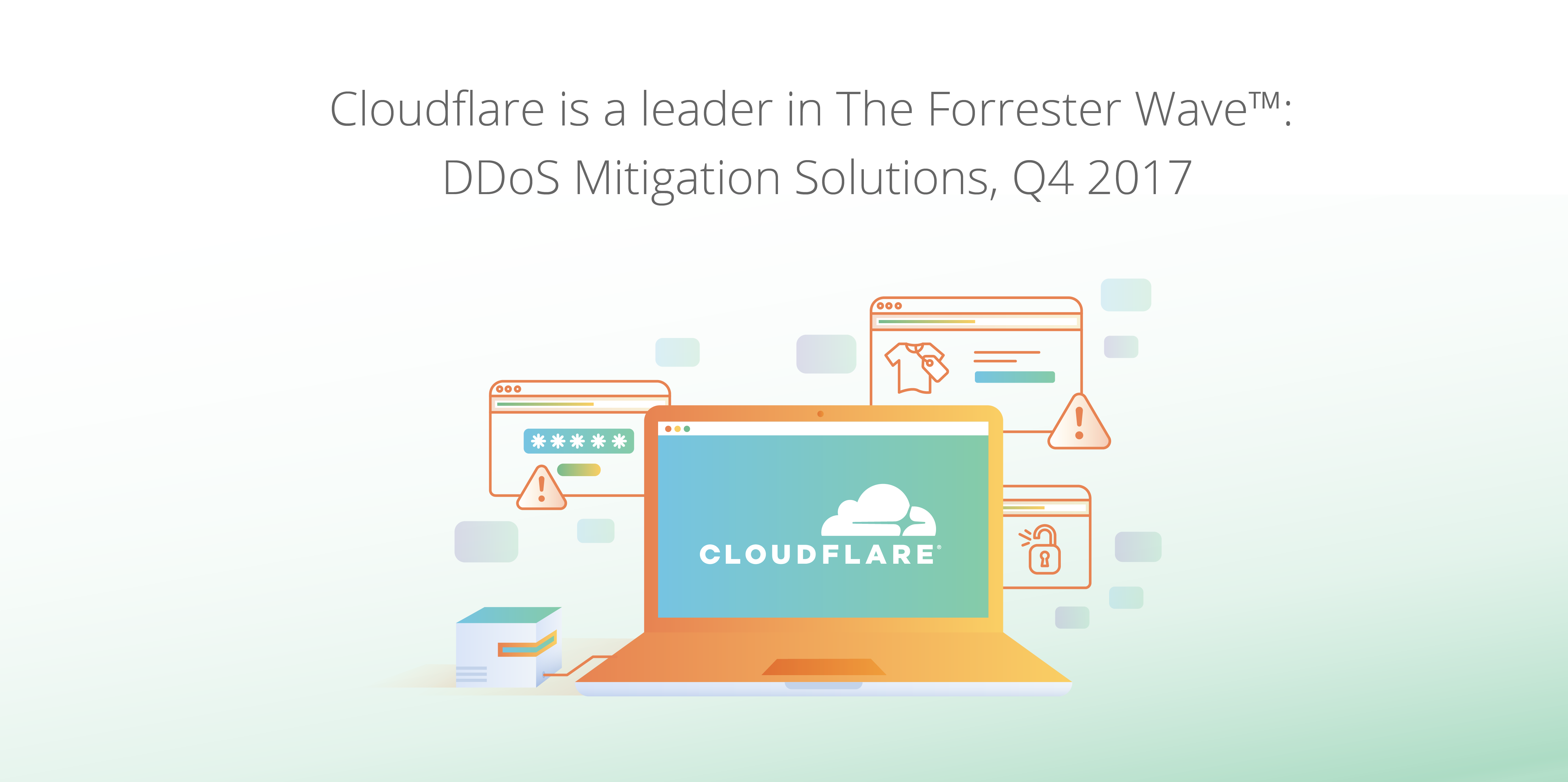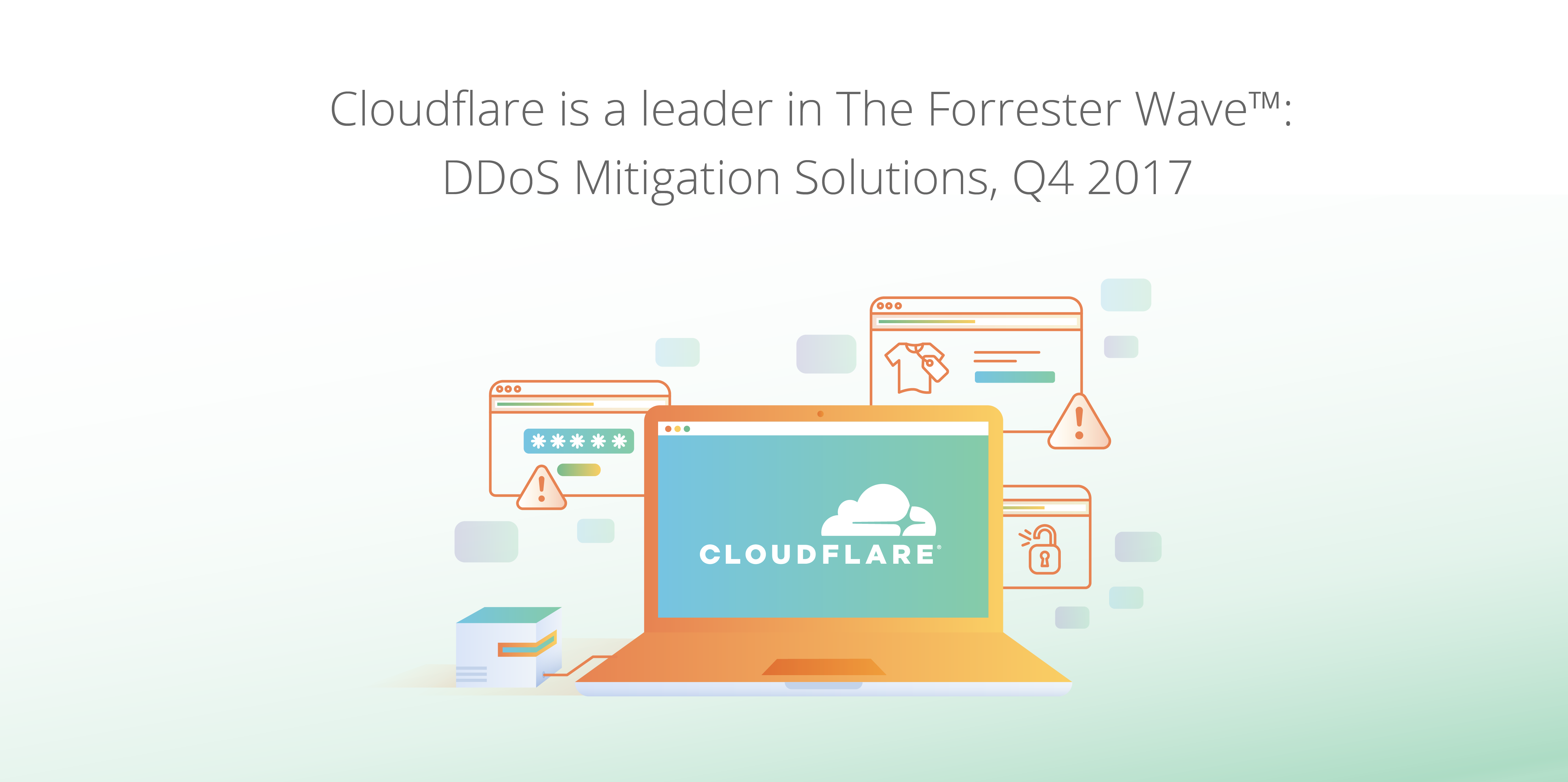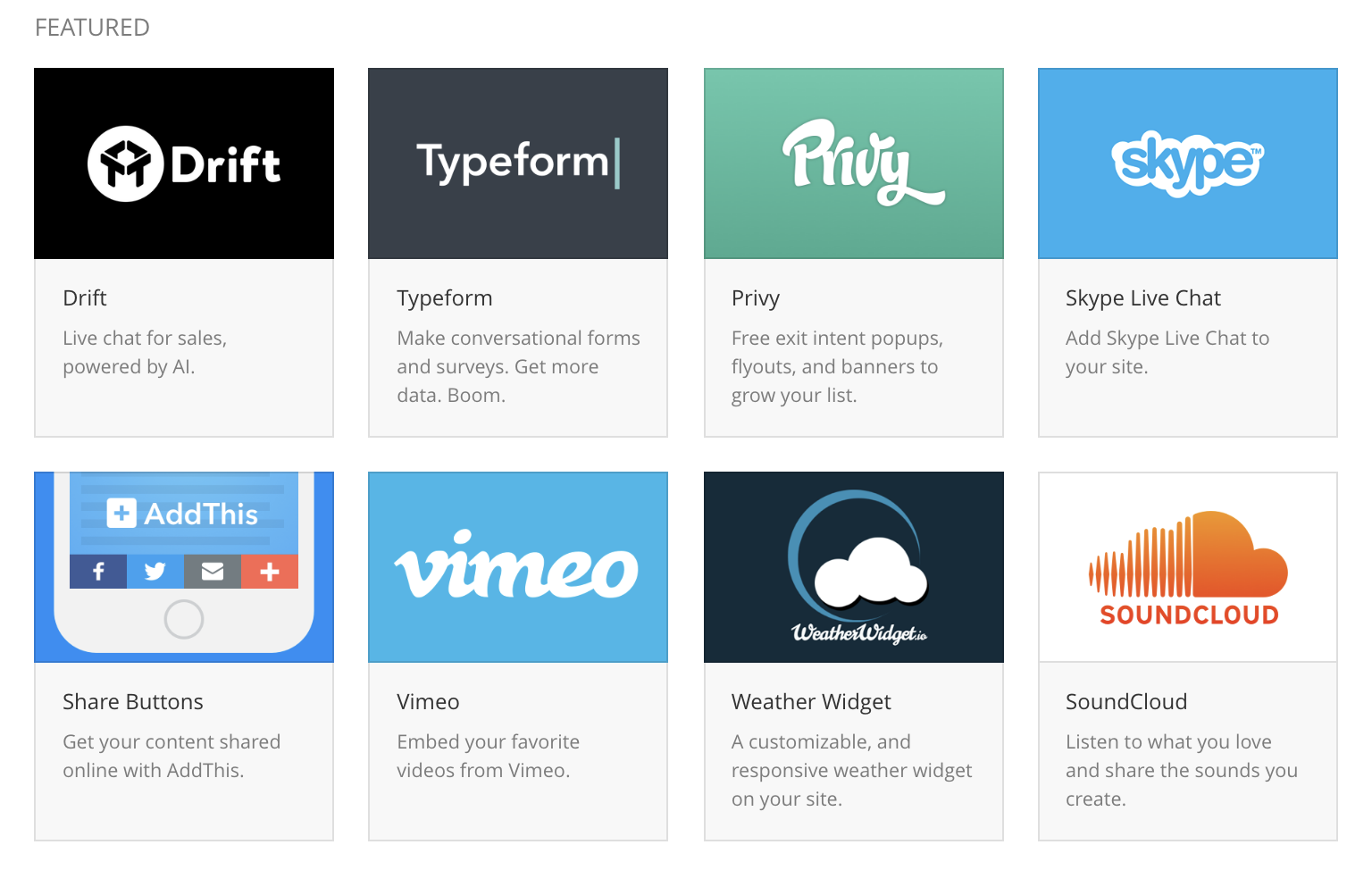Building a new IMDB: Internet Mince Pie Database
 CC-BY-SA 2.0 image by Phil! Gold
CC-BY-SA 2.0 image by Phil! Gold
Since joining Cloudflare I’ve always known that as we grew, incredible things would be possible. It’s been a long held ambition to work in an organisation with the scale to answer a very controversial and difficult question. To do so would require a collection of individuals with a depth of experience, passion, dedication & above all collaborative spirit.
As Cloudflare’s London office has grown in the last 4 years I believe 2017 is the year we reach the tipping point where this is possible. A paradigm-shift in the type of challenges Cloudflare is able to tackle. We could finally sample every commercially available mince pie in existence before the 1st of December. In doing so, we would know conclusively which mince pie we should all be buying over Christmas to share with our friends & families.
What is a mince pie?
For the uninitiated, a Mince Pie is “a sweet pie of British origin, filled with a mixture of dried fruits and spices called mincemeat, that is traditionally served during the Christmas season in the English world.” - Wikipedia for Mince Pie
The original Mince Pie was typically filled with a mixture Continue reading
On the Leading Edge – Cloudflare named a leader in The Forrester Wave: DDoS Mitigation Solutions


Cloudflare has been recognized as a leader in the “Forrester WaveTM: DDoS Mitigation Solutions, Q4 2017.”
The DDoS landscape continues to evolve. The increase in sophistication, frequency, and range of targets of DDoS attacks has placed greater demands on DDoS providers, many of which were evaluated in the report.
This year, Cloudflare received the highest scores possible in 15 criteria, including:
- Length of Implementation
- Layers 3 and 4 Attacks Mitigation
- DNS Attack Mitigation
- IoT Botnets
- Multi-Vector Attacks
- Filtering Deployment
- Secure Socket Layer Investigation
- Mitigation Capacity
- Pricing Model
We believe that Cloudflare’s position as a leader in the report stems from the following:
An architecture designed to address high-volume attacks. This post written in October 2016 provides some insight into how Cloudflare’s architecture scales to meet the most advanced DDoS attacks differently than legacy scrubbing centers.
In September 2017, due to the size and effectiveness of our network, we announced the elimination of “surge pricing” commonly found in other DDoS vendors by offering unmetered mitigation. Regardless of what Cloudflare plan a customer is on—Free, Pro, Business, or Enterprise—we will never terminate a customer or charge more based on the size of an attack.
Because we protect over 7 Continue reading
CAA of the Wild: Supporting a New Standard

One thing we take pride in at Cloudflare is embracing new protocols and standards that help make the Internet faster and safer. Sometimes this means that we’ll launch support for experimental features or standards still under active development, as we did with TLS 1.3. Due to the not-quite-final nature of some of these features, we limit the availability at the onset to only the most ardent users so we can observe how these cutting-edge features behave in the wild. Some of our observations have helped the community propose revisions to the corresponding RFCs.
We began supporting the DNS Certification Authority Authorization (CAA) Resource Record in June behind a beta flag. Our goal in doing so was to see how the presence of these records would affect SSL certificate issuance by publicly-trusted certification authorities. We also wanted to do so in advance of the 8 September 2017 enforcement date for mandatory CAA checking at certificate issuance time, without introducing a new and externally unproven behavior to millions of Cloudflare customers at once. This beta period has provided invaluable insight as to how CAA records have changed and will continue to change the commercial public-key infrastructure (PKI) ecosystem.
As of today, Continue reading
Make SSL boring again
It may (or may not!) come as surprise, but a few months ago we migrated Cloudflare’s edge SSL connection termination stack to use BoringSSL: Google's crypto and SSL implementation that started as a fork of OpenSSL.

We dedicated several months of work to make this happen without negative impact on customer traffic. We had a few bumps along the way, and had to overcome some challenges, but we ended up in a better place than we were in a few months ago.
TLS 1.3
We have already blogged extensively about TLS 1.3. Our original TLS 1.3 stack required our main SSL termination software (which was based on OpenSSL) to hand off TCP connections to a separate system based on our fork of Go's crypto/tls standard library, which was specifically developed to only handle TLS 1.3 connections. This proved handy as an experiment that we could roll out to our client base in relative safety.
However, over time, this separate system started to make our lives more complicated: most of our SSL-related business logic needed to be duplicated in the new system, which caused a few subtle bugs to pop up, and made it Continue reading
Introducing the Cloudflare Warp Ingress Controller for Kubernetes

It’s ironic that the one thing most programmers would really rather not have to spend time dealing with is... a computer. When you write code it’s written in your head, transferred to a screen with your fingers and then it has to be run. On. A. Computer. Ugh.
Of course, code has to be run and typed on a computer so programmers spend hours configuring and optimizing shells, window managers, editors, build systems, IDEs, compilation times and more so they can minimize the friction all those things introduce. Optimizing your editor’s macros, fonts or colors is a battle to find the most efficient path to go from idea to running code.
 CC BY 2.0 image by Yutaka Tsutano
CC BY 2.0 image by Yutaka Tsutano
Once the developer is master of their own universe they can write code at the speed of their mind. But when it comes to putting their code into production (which necessarily requires running their programs on machines that they don’t control) things inevitably go wrong. Production machines are never the same as developer machines.
If you’re not a developer, here’s an analogy. Imagine carefully writing an essay on a subject dear to your heart and then publishing it only to be Continue reading
What I learned at my first Cloudflare Retreat


For the last seven years, Cloudflare has taken the entire company off site for a few days at the end of the year for a company retreat. Back in 2010, this meant five people from the San Francisco office. This November, we had 453 employees from our San Francisco, Singapore, London, Champaign (Illinois), New York City, Washington (DC), and Austin (Texas) offices spend time together in Monterey, California.
Knowing that so many teammates would be coming in from all over the world, we used the days leading up to the retreat to hold global team meetings, conduct a session of our home-grown Making Great Managers workshop, and brought in Valerie Aurora from Frame Shift Consulting to lead Ally Skills workshops for the entire company.
On Thursday, buses departed from Cloudflare headquarters and took us all down to Monterey. Our CEO, Matthew Prince, delivered opening remarks over lunch. During his talk, we learned about the imminent acquisition of Neumob, his thoughts about growing pains and how to successfully scale, and were reminded that we are at our best when we are inclusive of everyone. We reflected on how far we’ve come and got an inspiring glimpse of where we are Continue reading
Cloudflare Apps Platform Update: November Edition
Hello Everyone!
My name is Teffen and I’m a developer on the Apps platform. This is the November edition of our newsletter showcasing the latest platform improvements in payment tools, DNS powered apps, customer comments, and more!
Since our last newsletter, dozens of developers like you have reached out with ideas for new kinds of apps that weren’t yet possible. These are some of my favorite conversations because they help us find out which features should be prioritized. With your guidance, we’ve spent this month meticulously converting our supply of Halloween candy into those ideas. Let’s dive in and see what’s new!
? Paid App Product Enhancements
We’ve made it easier to upsell premium features with product specific options. Customers can try out exclusive features before making a purchase, on any site, even without Cloudflare account! Here’s an example of Lead Box using product specific radio buttons:

In this example, a customer can choose to see the newsletter option after choosing the "Pro" plan. Developers can now update the Live Preview in response to this choice. We’ve added new "_product" keyword for this event. Here’s a snippet on how Lead Box handles a customer Continue reading
The New DDoS Landscape

News outlets and blogs will frequently compare DDoS attacks by the volume of traffic that a victim receives. Surely this makes some sense, right? The greater the volume of traffic a victim receives, the harder to mitigate an attack - right?
At least, this is how things used to work. An attacker would gain capacity and then use that capacity to launch an attack. With enough capacity, an attack would overwhelm the victim's network hardware with junk traffic such that they can no longer serve legitimate requests. If your web traffic is served by a server with a 100 Gbps port and someone sends you 200 Gbps, your network will be saturated and the website will be unavailable.
Recently, this dynamic has shifted as attackers have gotten far more sophisticated. The practical realities of the modern Internet have increased the amount of effort required to clog up the network capacity of a DDoS victim - attackers have noticed this and are now choosing to perform attacks higher up the network stack.
In recent months, Cloudflare has seen a dramatic reduction in simple attempts to flood our network with junk traffic. Whilst we continue to see large network level attacks, in Continue reading
Want to try Warp? We just enabled the beta for you
Tomorrow is Thanksgiving in the United States. It’s a holiday for getting together with family characterized by turkey dinner and whatever it is that happens in American football. While celebrating with family is great, if you use a computer for your main line of work, sometimes the conversation turns to how to setup the home wifi or can Russia really use Facebook to hack the US election. Just in case you’re a geek who finds yourself in that position this week, we wanted to give you something to play with. To that end, we’re opening the Warp beta to all Cloudflare users. Feel free to tell your family there’s been an important technical development you need to attend to immediately and enjoy!
Hello Warp! Getting Started
Warp allows you to expose a locally running web server to the internet without having to open up ports in the firewall or even needing a public IP address. Warp connects a web server directly to the Cloudflare network where Cloudflare acts as your web server’s network gateway. Every request reaching your origin must travel to the Cloudflare network where you can apply rate limits, access policies and authentication before the request hits your Continue reading
Releasing AddThis on Cloudflare Apps: Making Disciplined Product Design Decisions

This is a guest post by Emily Schwartz, Product Manager for the AddThis team at Oracle. With a background in digital media that has spanned across NPR, WaPo Labs, Trove, and others, Emily cares deeply about helping publishers leverage data and technology for success.
The Process of Paring Down
When our team learned about the opportunity to build an AddThis app on Cloudflare Apps, I was ready to pounce. Building for distribution platforms is a core part of our business and product strategy, and I knew AddThis could bring a lot to the table for Cloudflare users. With a media background in my pocket, I understand the necessity of making content easily and quickly distributable -- and I wanted to get our tools in front of new users so we could learn more about the critical needs of publishers, merchants, and website owners.
The decision to build was the easy part. What to build was the challenging part.
With time and resources tight, I knew building an app that offered our full suite of website tools wouldn’t be immediately feasible—or even make sense. Share buttons, follow buttons, related posts, list building, link promotion, and tip jar are all Continue reading
Living In A Multi-Cloud World

A few months ago at Cloudflare’s Internet Summit, we hosted a discussion on A Cloud Without Handcuffs with Joe Beda, one of the creators of Kubernetes, and Brandon Phillips, the co-founder of CoreOS. The conversation touched on multiple areas, but it’s clear that more and more companies are recognizing the need to have some strategy around hosting their applications on multiple cloud providers.
Earlier this year, Mary Meeker published her annual Internet Trends report which revealed that 22% of respondents viewed Cloud Vendor Lock-In as a top 3 concern, up from just 7% in 2012. This is in contrast to previous top concerns, Data Security and Cost & Savings, both of which dropped amongst those surveyed.

At Cloudflare, our mission is to help build a better internet. To fulfill this mission, our customers need to have consistent access to the best technology and services, over time. This is especially the case with respect to storage and compute providers. This means not becoming locked-in to any single provider and taking advantage of multiple cloud computing vendors (such as Amazon Web Services or Google Cloud Platform) for the same end user services.
The Benefits of Having Multiple Cloud Vendors
There are Continue reading
The Supreme Court Wanders into the Patent Troll Fight

Next Monday, the US Supreme Court will hear oral arguments in Oil States Energy Services, LLC vs. Greene’s Energy Group, LLC, which is a case to determine whether the Inter Partes Review (IPR) administrative process at the US Patent and Trademark Office (USPTO) used to determine the validity of patents is constitutional.
The constitutionality of the IPR process is one of the biggest legal issues facing innovative technology companies, as the availability of this process has greatly reduced the anticipated costs, and thereby lessened the threat, of patent troll litigation. As we discuss in this blog post, it is ironic that the outcome of a case that is of such great importance to the technology community today may hinge on what courts in Britain were and were not doing more than 200 years ago.
 Thomas Rowlandson [Public domain], via Wikimedia Commons
Thomas Rowlandson [Public domain], via Wikimedia Commons
As we have discussed in prior blog posts, the stakes are high: if the Supreme Court finds IPR unconstitutional, then the entire system of administrative review by the USPTO — including IPR and ex parte processes — will be shuttered. This would be a mistake, as administrative recourse at the USPTO is one of the few ways Continue reading
7 Cloudflare Apps Which Increase User Engagement on Your Site

Cloudflare Apps now lists 95 apps from apps which grow email lists to apps which acquire new customers to apps which help site owners make more money. The great thing about these apps is that users don't have to have any coding or development skills. They can just sign up for the app and start using it on their sites.
Let’s take a moment to highlight some apps which increase a site’s user engagement. Check out more Cloudflare Apps which grow your email list, make money on your site, and get more customers.
I hope you enjoy them and I hope you build (or use) great apps like these too.
Check out other Cloudflare Apps »
Build an app on Cloudflare Apps »
1. Privy
Over 100,000 businesses use Privy to capture and convert website visitors. Privy offers a free suite of email capture tools, including exit-intent driven website popups & banners, email list sign-up, an online store, social media channels, mobile capability, and in-store traffic.
In the left preview pane, you can view the different packages and their features users may sign up for from free to "growth" ($199/month) options.
In the right pane, you can preview Continue reading
The Super Secret Cloudflare Master Plan, or why we acquired Neumob

We announced today that Cloudflare has acquired Neumob. Neumob’s team built exceptional technology to speed up mobile apps, reduce errors on challenging mobile networks, and increase conversions. Cloudflare will integrate the Neumob technology with our global network to give Neumob truly global reach.
It’s tempting to think of the Neumob acquisition as a point product added to the Cloudflare portfolio. But it actually represents a key part of a long term “Super Secret Cloudflare Master Plan”.
 CC BY 2.0 image by Neil Rickards
CC BY 2.0 image by Neil Rickards
Over the last few years Cloudflare has been building a large network of data centers across the world to help fulfill our mission of helping to build a better Internet. These data centers all run an identical software stack that implements Cloudflare’s cache, DNS, DDoS, WAF, load balancing, rate limiting, etc.
We’re now at 118 data centers in 58 countries and are continuing to expand with a goal of being as close to end users as possible worldwide.
The data centers are tied together by secure connections which are optimized using our Argo smart routing capability. Our Quicksilver technology enables us to update and modify the settings and software running across this vast network in seconds.
Thwarting the Tactics of the Equifax Attackers

We are now 3 months on from one of the biggest, most significant data breaches in history, but has it redefined people's awareness on security?
The answer to that is absolutely yes, awareness is at an all-time high. Awareness, however, does not always result in positive action. The fallacy which is often assumed is "surely, if I keep my software up to date with all the patches, that's more than enough to keep me safe?". It's true, keeping software up to date does defend against known vulnerabilities, but it's a very reactive stance. The more important part is protecting against the unknown.
Something every engineer will agree on is that security is hard, and maintaining systems is even harder. Patching or upgrading systems can lead to unforeseen outages or unexpected behaviour due to other fixes which may be applied. This, in most cases, can cause huge delays in the deployment of patches or upgrades, due to requiring either regression testing or deployment in a staging environment. Whilst processes are followed, and tests are done, systems are sat vulnerable, ready to be exploited if they are exposed to the internet.
Looking at the wider landscape, an increase in security research Continue reading
Go, don’t collect my garbage
Not long ago I needed to benchmark the performance of Golang on a many-core machine. I took several of the benchmarks that are bundled with the Go source code, copied them, and modified them to run on all available threads. In that case the machine has 24 cores and 48 threads.
 CC BY-SA 2.0 image by sponki25
CC BY-SA 2.0 image by sponki25
I started with ECDSA P256 Sign, probably because I have warm feeling for that function, since I optimized it for amd64.
First, I ran the benchmark on a single goroutine: ECDSA-P256 Sign,30618.50, op/s
That looks good; next I ran it on 48 goroutines: ECDSA-P256 Sign,78940.67, op/s.
OK, that is not what I expected. Just over 2X speedup, from 24 physical cores? I must be doing something wrong. Maybe Go only uses two cores? I ran top, it showed 2,266% utilization. That is not the 4,800% I expected, but it is also way above 400%.
How about taking a step back, and running the benchmark on two goroutines? ECDSA-P256 Sign,55966.40, op/s. Almost double, so pretty good. How about four goroutines? ECDSA-P256 Sign,108731.00, op/s. That is actually faster than 48 goroutines, what is going on?
I ran the benchmark Continue reading
Cloudflare Wants to Buy Your Meetup Group Pizza

If you’re a web dev / devops / etc. meetup group that also works toward building a faster, safer Internet, I want to support your awesome group by buying you pizza. If your group’s focus falls within one of the subject categories below and you’re willing to give us a 30 second shout out and tweet a photo of your group and @Cloudflare, your meetup’s pizza expense will be reimbursed.
Developer Relations at Cloudflare & why we’re doing this
I’m Andrew Fitch and I work on the Developer Relations team at Cloudflare. One of the things I like most about working in DevRel is empowering community members who are already doing great things out in the world. Whether they’re starting conferences, hosting local meetups, or writing educational content, I think it’s important to support them in their efforts and reward them for doing what they do. Community organizers are the glue that holds developers together socially. Let’s support them and make their lives easier by taking care of the pizza part of the equation.
What’s in it for Cloudflare?
- We want web developers to target the apps platform
- We want more people to Continue reading
On the dangers of Intel’s frequency scaling
While I was writing the post comparing the new Qualcomm server chip, Centriq, to our current stock of Intel Skylake-based Xeons, I noticed a disturbing phenomena.
When benchmarking OpenSSL 1.1.1dev, I discovered that the performance of the cipher ChaCha20-Poly1305 does not scale very well. On a single thread, it performed at the speed of approximately 2.89GB/s, whereas on 24 cores, and 48 threads it performed at just over 35 GB/s.
 CC BY-SA 2.0 image by blumblaum
CC BY-SA 2.0 image by blumblaum
Now this is a very high number, but I would like to see something closer to 69GB/s. 35GB/s is just 1.46GB/s/core, or roughly 50% of the single core performance. AES-GCM scales much better, to 80% of single core performance, which is understandable, because the CPU can sustain higher frequency turbo on a single core, but not all cores.

Why is the scaling of ChaCha20-Poly1305 so poor? Meet AVX-512. AVX-512 is a new Intel instruction set that adds many new 512-bit wide SIMD instructions and promotes most of the existing ones to 512-bit. The problem with such wide instructions is that they consume power. A lot of power. Imagine a single instruction that does the work of 64 regular Continue reading
Privacy Pass – “The Math”

This is a guest post by Alex Davidson, a PhD student in Cryptography at Royal Holloway, University of London, who is part of the team that developed Privacy Pass. Alex worked at Cloudflare for the summer on deploying Privacy Pass on the Cloudflare network.
During a recent internship at Cloudflare, I had the chance to help integrate support for improving the accessibility of websites that are protected by the Cloudflare edge network. Specifically, I helped develop an open-source browser extension named ‘Privacy Pass’ and added support for the Privacy Pass protocol within Cloudflare infrastructure. Currently, Privacy Pass works with the Cloudflare edge to help honest users to reduce the number of Cloudflare CAPTCHA pages that they see when browsing the web. However, the operation of Privacy Pass is not limited to the Cloudflare use-case and we envisage that it has applications over a wider and more diverse range of applications as support grows.
In summary, this browser extension allows a user to generate cryptographically ‘blinded’ tokens that can then be signed by supporting servers following some receipt of authenticity (e.g. a CAPTCHA solution). The browser extension can then use these tokens to ‘prove’ honesty in future communications with the Continue reading
Cloudflare supports Privacy Pass


Enabling anonymous access to the web with privacy-preserving cryptography
Cloudflare supports Privacy Pass, a recently-announced privacy-preserving protocol developed in collaboration with researchers from Royal Holloway and the University of Waterloo. Privacy Pass leverages an idea from cryptography — zero-knowledge proofs — to let users prove their identity across multiple sites anonymously without enabling tracking. Users can now use the Privacy Pass browser extension to reduce the number of challenge pages presented by Cloudflare. We are happy to support this protocol and believe that it will help improve the browsing experience for some of the Internet’s least privileged users.
The Privacy Pass extension is available for both Chrome and Firefox. When people use anonymity services or shared IPs, it makes it more difficult for website protection services like Cloudflare to identify their requests as coming from legitimate users and not bots. Privacy Pass helps reduce the friction for these users—which include some of the most vulnerable users online—by providing them a way to prove that they are a human across multiple sites on the Cloudflare network. This is done without revealing their identity, and without exposing Cloudflare customers to additional threats from malicious bots. As the first service to support Privacy Continue reading






